We arrived at the appointed time and found Ray in the process of opening Range 3 (the airgun range), so we took all our impedimenta up the hill and settled on some shooting positions, setup paper targets and quadrant spinners and called a hot line.
First thing was to test in a comparative manner how the well-used and trusted HW-95 was performing vis-à-vis the “new to Veronika” Diana 54. She decided she would shoot two targets at 20 yards and then two targets at 40 yards with both guns and then compare what was happening.
Here is the first target, the HW-95 with a Hawke Sidewinder scope at 24 X:
What raised a red flag for us was groups #13 and #14 at 40 yards. Not so much because the group opened, that was expected, but because the groups shifted dramatically from left to right of the target when there was no appreciable wind at the range. Hmmmmmm . . . .
So she settled down and tested a Diana 54, WFTF version with a Barska 12X scope, and these are the results:
So next came the test groups at 40 yards, on targets #14 and #15. Again, not a large difference between one rifle and the other.
After some more practice and a little bit of further familiarization, I decided to test the HW95 because something was not working right in there, so we changed papers and while I was shooting targets #19 and #20 with the 95 first from the bench and then from the knee, Veronika was shooting targets #2 and #7 using the Diana 54 BUT with one important change: She was holding a sight picture. And that sight picture was, as per my suggestion, to cradle the center of the bullseye on the upper right corner of the reticule’s crosshairse. Some shooters believe that when using a scope, there is no sight picture. Yes there is. And the lower the magnification of the scope, the better the consistency of the sight picture has to be preserved.
The tests on the Hawke/HW-95 system did not go well and demonstrated that there was something amiss. The gun is perfectly capable of much better accuracy.
So, we decided to change the scopes. The scope my rifle was wearing, a Hawke Eclipse 6-24X50 got replaced for her much fancier Hawke Sidewinder 6-24X56.
After some messing around with the alllen wrenches and just getting things reasonably in order, Veronika allowed me to sight in the scope and then shoot some tests. We returned to 25 yards for expediency, as it was getting on with the day and hunger started to show its ugly teeth.
So, this is the final test, the 5 shot witness group on target #1 (with the flyer that I probably pulled) was just to make sure that the sight settings were not completely off; and target #7 was a consistency confirmation group with 20 pellets through that hole.
Veronika shot groups #15 and #16.
There is no real handicap shooting non-lead pellets in a WFTF environment because the KZ’s are not that small.
Wind does play a role and it is my honest opinion that in WFTF what is tested is more the shooter than the gear.
Flight characteristics of the Barracuda Green are not that different. Compare the JSB 8.44 and a Barracuda Green shot at the same ENERGY level (sub-16 Joules); please note that the red curve is the Barracuda Green, the Blue curve is the JSB 8.44 .
Now see the windage curves, first the JSB; for a 10 kph wind and a 50 meter range, the deflection is a little over 2 miliradians:
On the energy side, calculations performed with actual, measured BC’s yield that at 50 meters (55 yards), the Barracuda Green still has 4 ft-lbs of energy. So, as long as the targets comply with AAFTA’s recommendations (page 31 of The 2013 Handbook), there should be no problems.
Transferring energy and momentum are two different things and, while silhouette is one game where momentum can take the field, FT is not. And the reason is simple: The PADDLE of the FT is a relatively light element that only needs to be taken over the dead-point and then the full weight of the FT plays a role in its fall. The paddle is captive, it cannot spin, nor can it “totter”, a properly set target will fall. Yes it is true that for MD’s the requirement for leveling and setting is a little more stringent. But as long as the targets fall with 4 ft-lbs, the Barracuda Green has no problem performing where it counts.
As for durability of the FT’s themselves, it has to be stressed that tin is not as hard as steel, a steel BB WILL damage the FT’s much more than a tin pellet and the use of BB’s is a risk to be avoided because of the potential for a ricochet with a faceplate hit.
Some other offerings out there use steel inserts, I do not think those are a good idea.
One should always bear in mind that the last shaping tool a pellet sees is the barrel, and therefore EACH gun will be different. How a specific barrel shapes each type of pellet is something that cannot be predicted.
That is why we all need to try different things in different guns.
Good shooting!
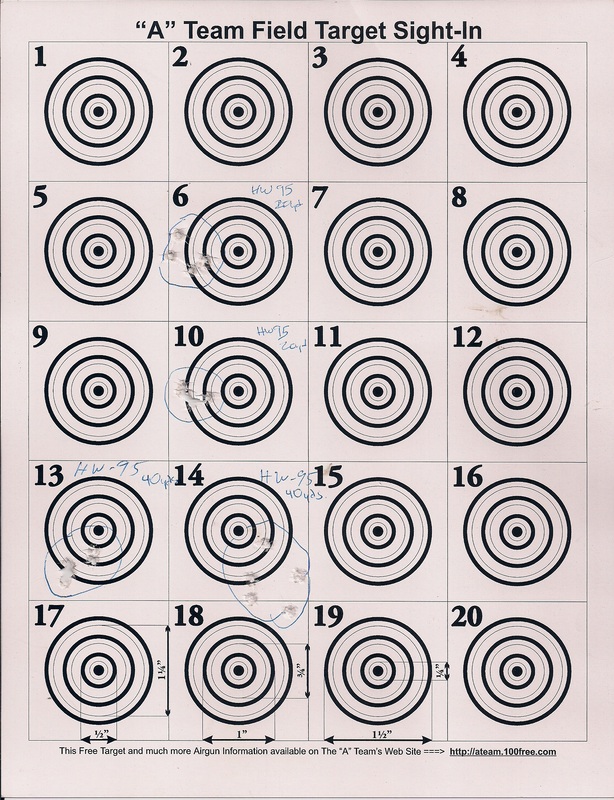
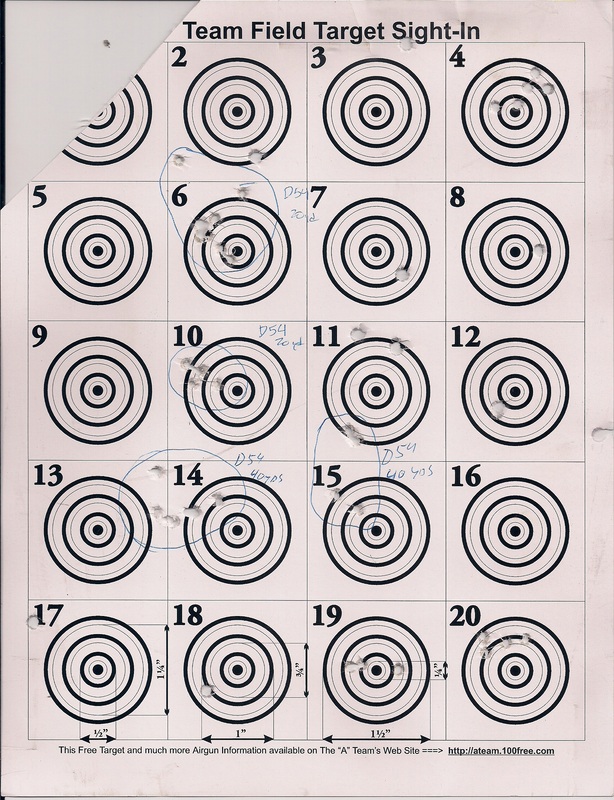
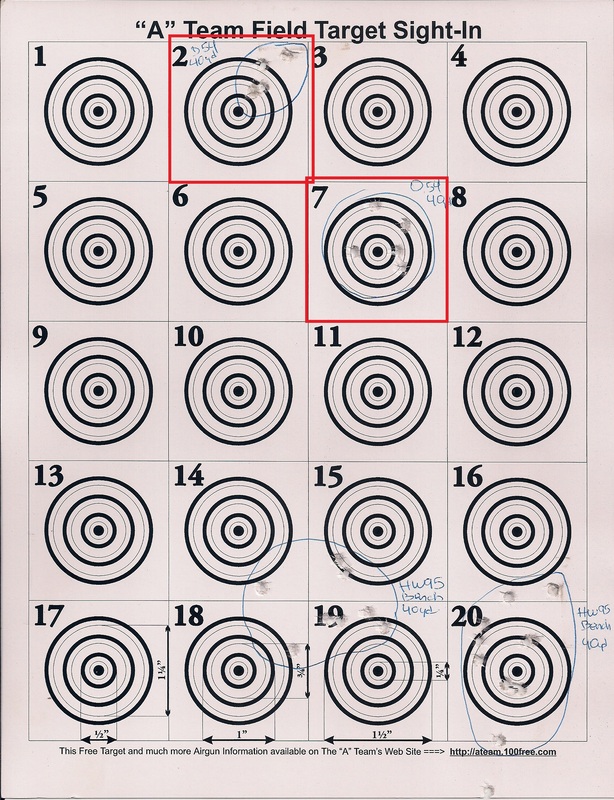
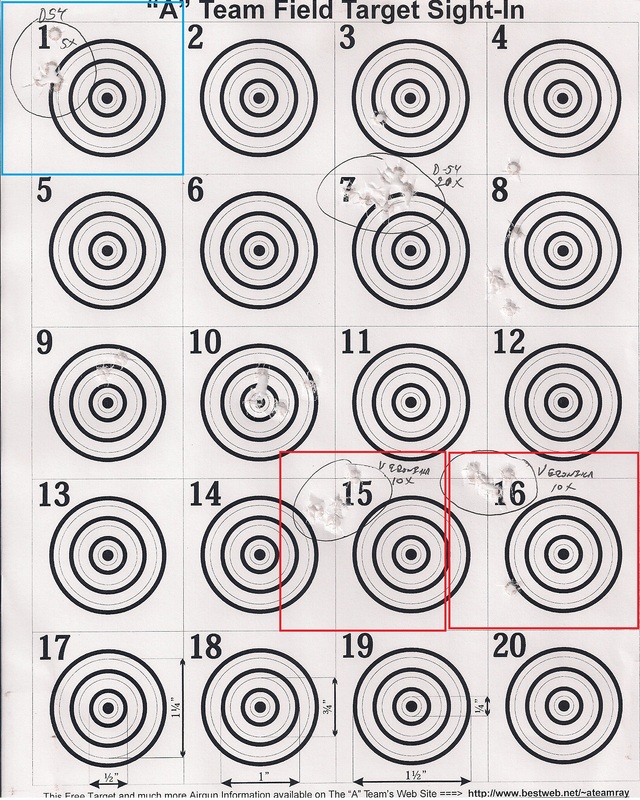
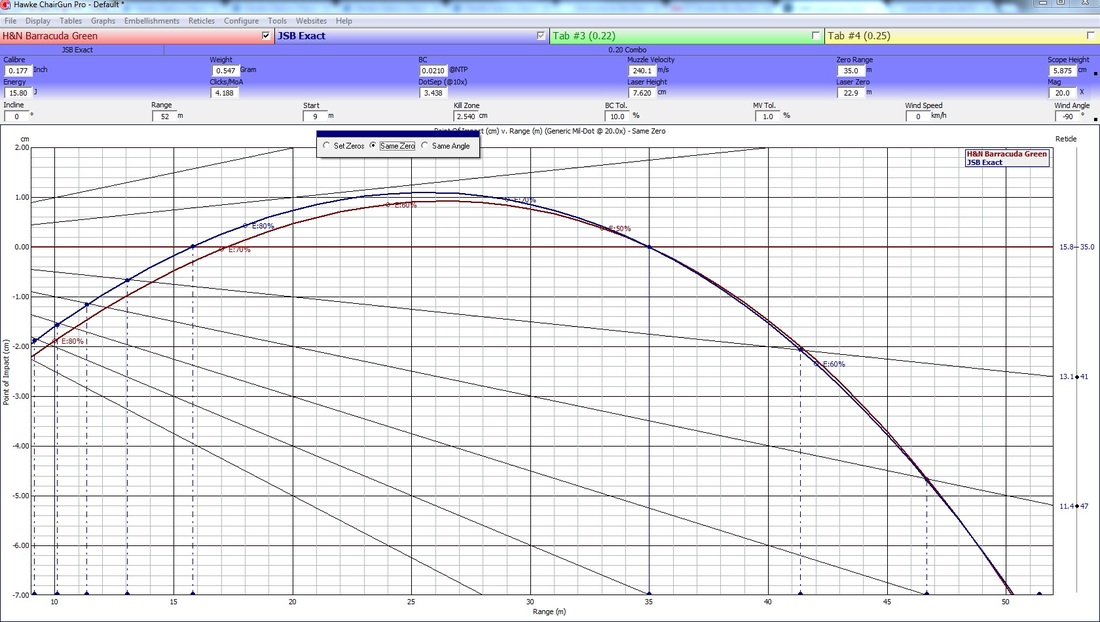
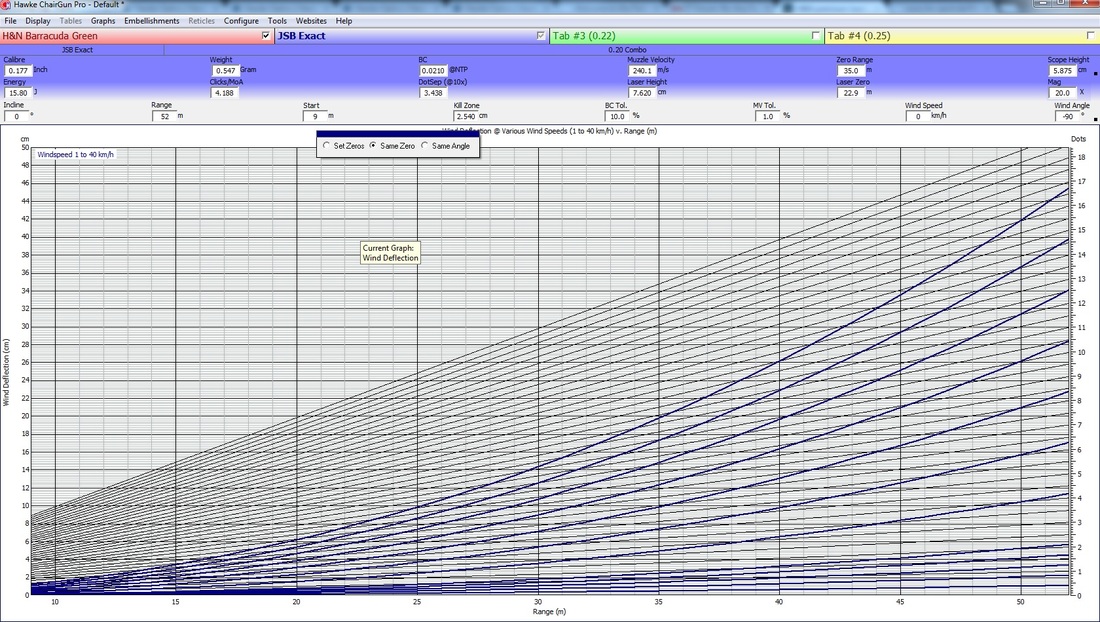
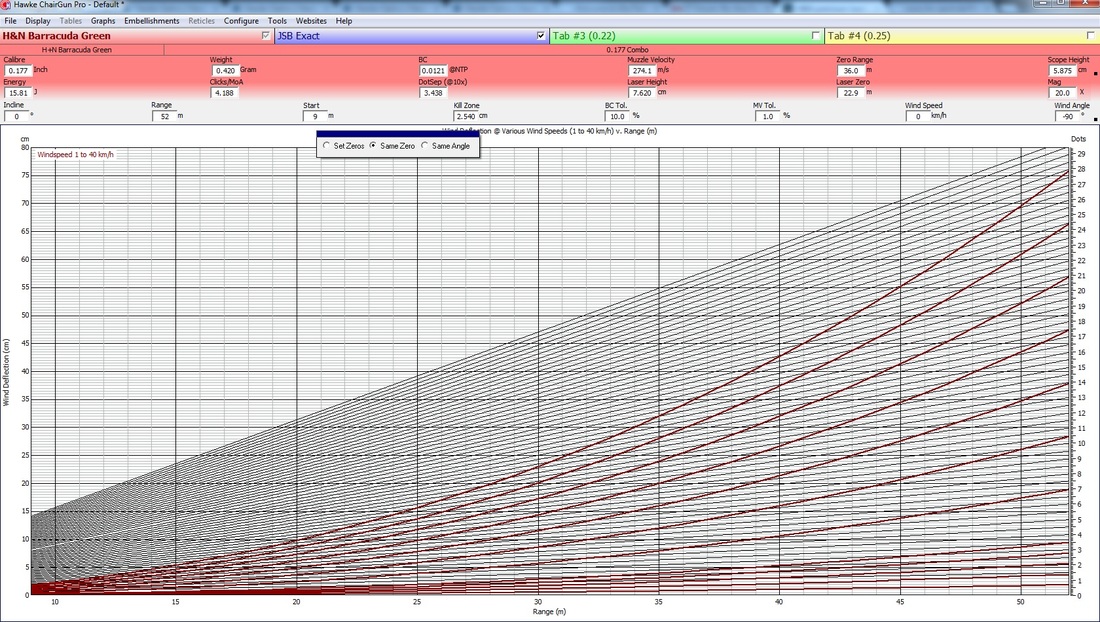
 RSS Feed
RSS Feed